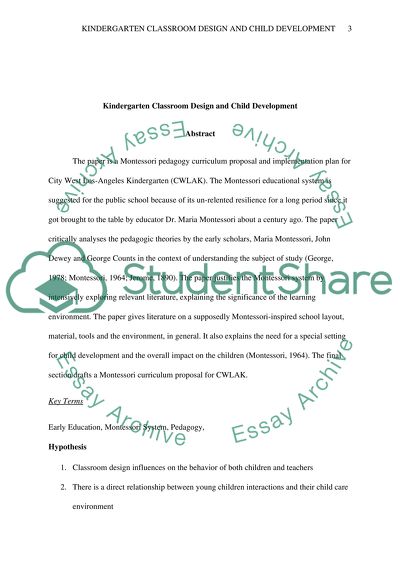Cite this document
(“Kindergarten Classroom Design and Child Development Research Proposal”, n.d.)
Retrieved de https://studentshare.org/education/1682035-kindergarten-classroom-design-and-child-development
Retrieved de https://studentshare.org/education/1682035-kindergarten-classroom-design-and-child-development
(Kindergarten Classroom Design and Child Development Research Proposal)
https://studentshare.org/education/1682035-kindergarten-classroom-design-and-child-development.
https://studentshare.org/education/1682035-kindergarten-classroom-design-and-child-development.
“Kindergarten Classroom Design and Child Development Research Proposal”, n.d. https://studentshare.org/education/1682035-kindergarten-classroom-design-and-child-development.


